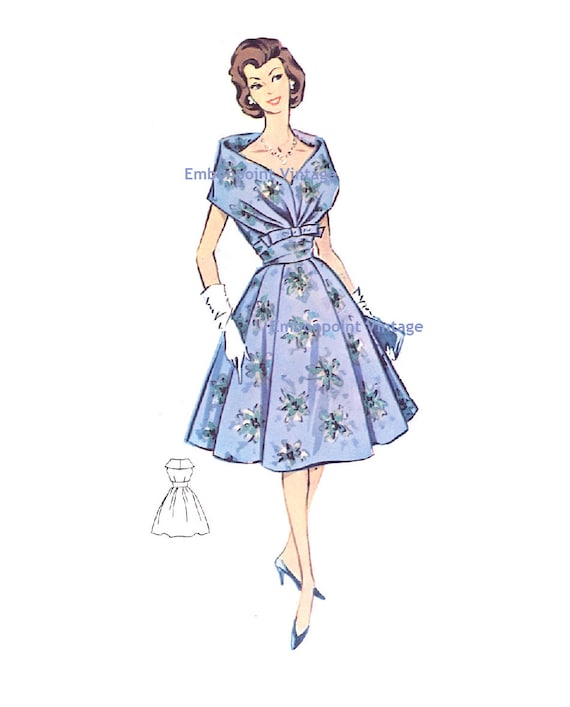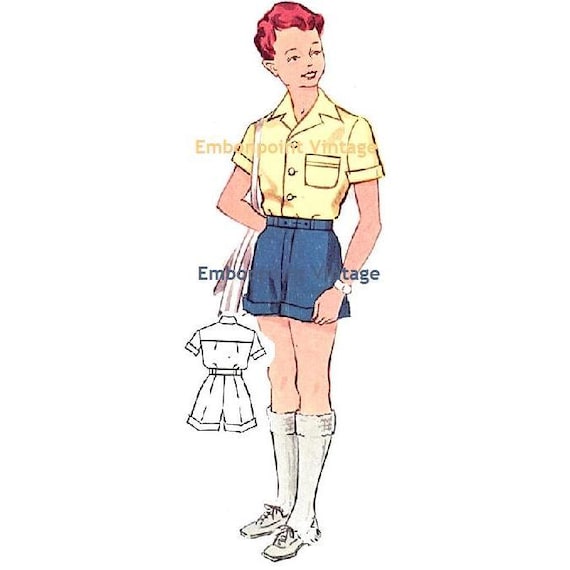When choosing a pattern, there are many variables to consider. Necklines are one. We all hear the different terms for neckline styles. Some we have never heard of at all. Below are some sketches and descriptions of several necklines that you might choose for work, play, or evening wear along with some patterns showing the featured necklines.
Here are a few examples of the Jewel Neckline
Left to Right:
Next is the V Neckline. From dresses to tops, the V neck Can be plain, ruffled, high or deep.
 |
| Left to Right: |
Cardigan Necklines can be found on some shirtwaist dresses as well as, to state the obvious, cardigan sweaters.
 |
| Left to Right: |
McCall 6008 by DesignRewind McCall's 6583 by PatternShop Advance 8645 by Jantiki
Slit Neckline A popular alternative for decades! Especially popular during the 1970's on Caftans, Dashikis and Tunics.
Simplicity 1375 Simplicity 5043 Advance 9336 Vogue 7808
by RetroMonkeys by ErikaWithaK by Paneenjerez by CaliforniaSunset
U Neckline A basic fashion. The U can be deep or shallow. Deep U necklines are seen in jumpers.
Butterick 6009 Simplicity 2948 DuBarry 5793 Simplicity 8626
MaddieMod MonkeyandFriends SewBettyandDot AdeleBeeAnn
Stay tuned for more neckline styles!


































